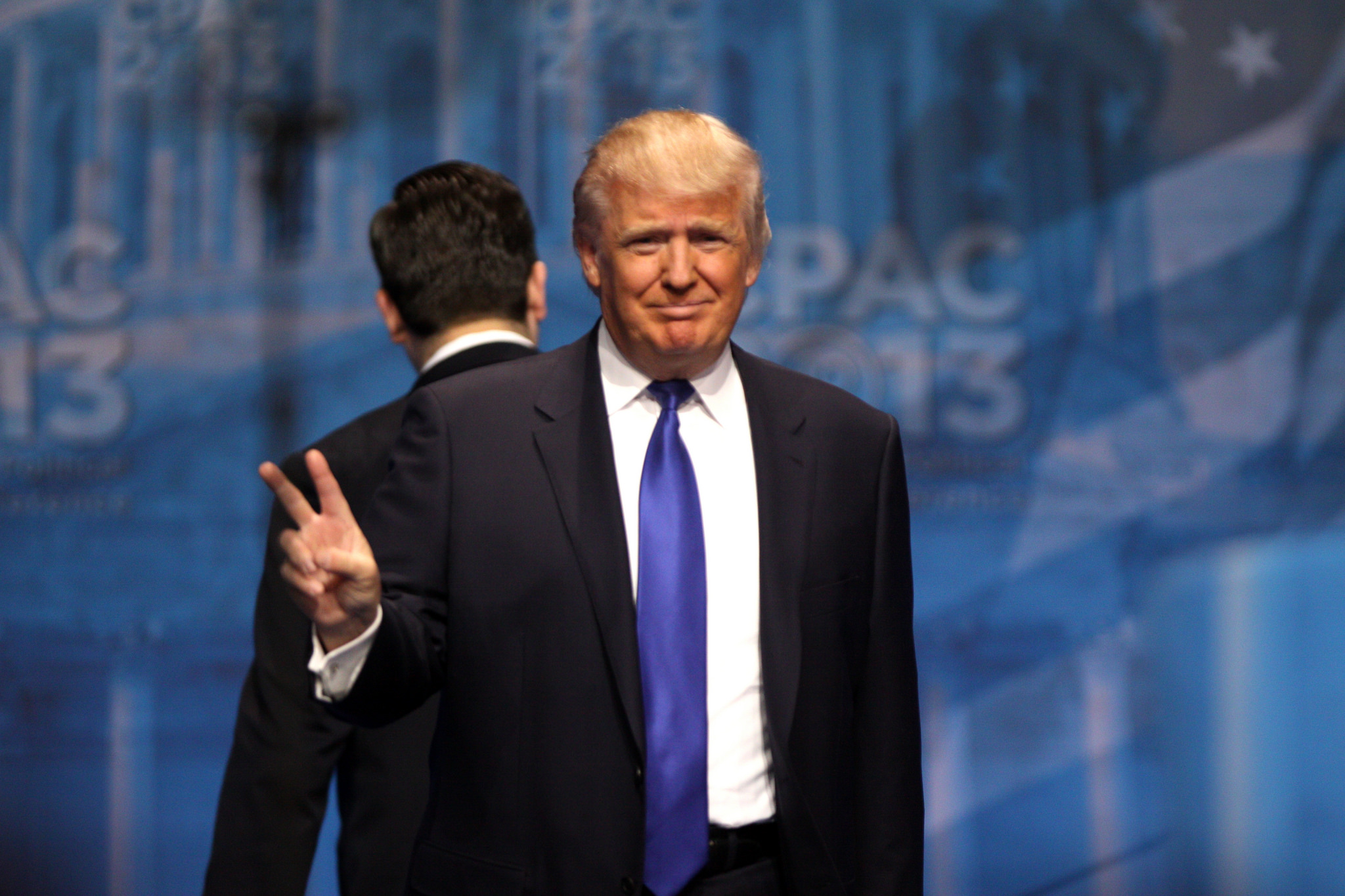
TORONTO — North American markets swung back from deep losses sustained early Monday after U.S. President Donald Trump threatened to escalate a trade war with China.
Markets dropped as much 2.2 per cent a day after Trump, frustrated by slow negotiations with China, tweeted that he will impose 25 per cent tariffs on Friday against US$525 billion worth of Chinese imports, including US$200 billion that currently face 10 per cent levies.
That caused a resurfacing of volatility that was prevalent late last year on unease of tensions between the world’s two largest economies, says Craig Fehr, Canadian markets strategist for Edward Jones.
“The market was reminded that there are still risks out there,” he said.
The S&P/TSX composite lost more than 167 points or one per cent in early trading before clawing its way back to within a point of where it started to close at 16,493.46.
U.S. markets fell even harder, with the Nasdaq composite closing down 40.71 points at 8,123.29 after earlier losing more than 182 points. The Dow Jones industrial average was down 66.47 points at 26,438.48 after being down 471 points. The S&P 500 index was down 13.17 points at 2,932.47.
Fehr said the recovery followed reports that the Chinese delegation will arrive for a resumption of talks on Wednesday despite Trump’s outburst and realization that economic conditions are strong.
“So I’m not surprised to see equity markets rebound. I think it’s a comforting factor that while a little bit of volatility did seem to spook equity markets to start the day, the broader fundamentals seem to be holding as we progressed,” he said in an interview.
Trump’s tweet followed administration officials who had talked about progress in negotiations.
The conflicting reports and presidential missive are reminders for investors that such complicated negotiations won’t be completely smooth and there will be hiccups along the way, said Fehr.
They could either devolve into a trade war or bump along to an eventual compromise.
“I think it is the latter. I think this is much more of a speed bump in a path that’s probably leading us towards some compromise, but again today’s probably a reminder that nothing is a given and that equity markets are still fairly sensitive to these exogenous risks, particularly in light of the gains so far this year.”
The Canadian dollar traded at an average of 74.32 cents US compared with an average of 74.47 cents US on Friday.
The TSX was led by the health care sector, which rose nearly 2.1 per cent on gains by cannabis stocks along with more defensive stocks like real estate and consumer staples.
Four of the 11 major sectors lost ground on the day, led by materials. It fell 0.71 per cent despite higher gold and copper prices, led by Turquoise Hill Resources and Sherritt International, which lost 6.4 and 4.3 per cent respectively
The June gold contract was up $2.50 at US$1,283.80 an ounce and the July copper contract was up 1.05 cents at US$2.83 a pound.
Energy was up slightly as the June crude contract was up 31 cents at US$62.25 per barrel and the June natural gas contract was down 4.3 cents at US$2.52 per mmBTU.